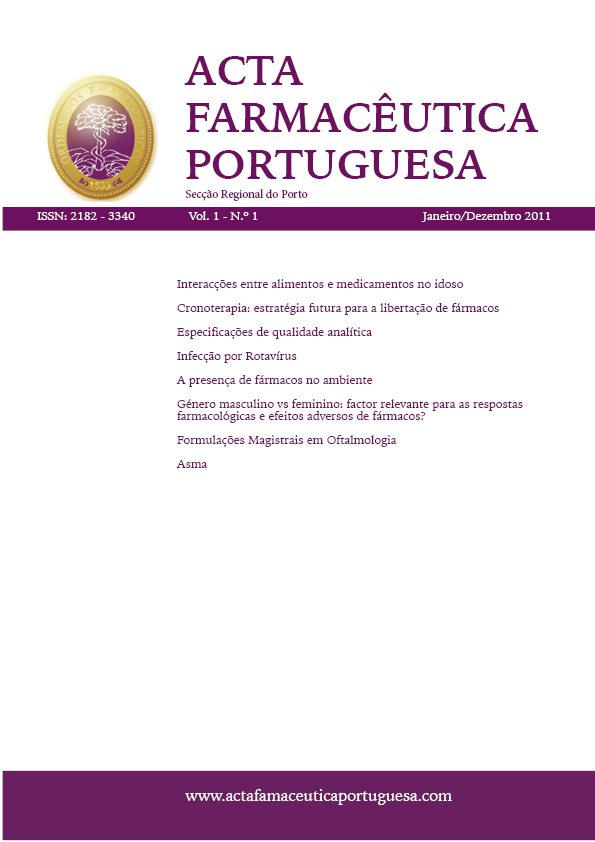A infecção por HIV – importância das fases iniciais e do diagnóstico precoce
Abstract
The HIV primary infection is defined as the phase that follows the initial events that leads to an HIV infection and precedes the onset of host immune response. This period is associated with a massive increase in viral load (the viremia could reach 108 copies of viral RNA/mL of plasma), a viral dissemination to several body compartments and lymphoid tissues, and also with a major depletion of T-CD4+ lymphocytes. Particularly in the GALT (gut-associated lymphoid tissue), the massive destruction of memory T-cells is basically irreversible and has major consequences in the immunological and pathogenic outcome of HIV infection and in AIDS progression. Accordingly, a therapeutic intervention during this period, enabling the reduction of viral load and the CD4+ T-cells depletion, is currently assumed as being of paramount importance.
This concept could be summarized as follows: the earlier the treatment given after infection, the more beneficial it will be on the preservation of the immune system and in the outcome of the disease. However, in order to accomplish this, is crucial that HIV infection during acute phase could be identified by means of an adequate diagnosis. Furthermore, this early diagnosis is also important to prevent new infections during the acute phase of HIV infection, due to the high levels of viral load characteristically present in all the recently infected patients.


